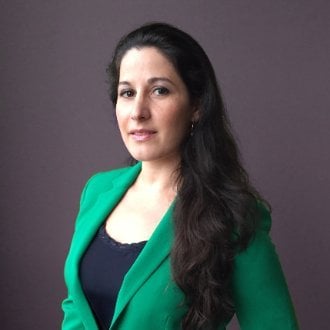
When it comes to crafting your facility maintenance RFP, it’s important to first outline the basics, including:
- A clear definition of required tasks
- An understanding of your service cost structure
- Required skills and qualification
- A request for options and costs of add-on and a la carte items
Having these RFP basics in place will help you get started on the right foot with any new vendor and help them better understand your organization’s needs and expectations.
But you shouldn’t stop there.
Your organization needs to understand the best allocation of resources before even putting out a facility maintenance RFP. Here are some additional items you should consider.
People Allocation
It’s important to understand the optimal allocation of people resources throughout your facility before sending out an RFP for bid. This includes identifying the highest traffic areas in your facility. Since these areas are used more often, they’ll also need to be serviced and maintained more regularly. Some organizations are opting for a results-based RFP, which includes expected levels of cleanliness or end-user satisfaction rather than dictating the configuration of the maintenance staff. This puts the onus on the vendor to optimize service toward that end goal.
One thing to keep in mind over time is tracking shifts in your business and the use of your facility, as this could call for an adjustment of the original plan. Being able to adapt to changes in your end-users' overall behavior will allow you to stay ahead and continuously improve.
Sensitive Spaces
Take note of the sensitive spaces in your facility. This includes bathrooms; how they appear is incredibly important to both visitors and team members alike. Other examples of sensitive spaces would be security checkpoints in airports (people need to take their shoes off, therefore floors need to always be clean) and patient rooms in hospitals (the environment must be conducive to healing). Sensitive spaces may include areas that are at greater risk of contamination, but also those that your end users may scrutinize based on their use and perceptions.
Specialized Work
Another thing to consider before sending off your facility maintenance RFP is your specialized work needs, including things like specialty floors and carpets. Understanding your needs will allow outsourced service teams be able to operate efficiently and to establish a long-term care cycle. This can help extend the life of your assets, while allowing you to plan ahead of time to minimize disruption. Packaging these services into one contract with a single vendor can also help you reduce your expenses, both through bulk pricing and through reduced time sourcing for each engagement.
Remember, it’s not just about the fact you’ll need X amount of people to maintain your facility, but where you’ll need those people and what you’ll need them to do. Clarity from the offset will help reduce potential headaches down the road. Your ability to learn and continuously optimize toward an outcome can provide greater efficiencies in cost and greater end-user satisfaction.
Partnering with Vendors
If you’re not sure how to monitor these things or don’t know exactly what you should be including in your RFP, partnering with an outsourced vendor like Encompass Onsite to optimize your service scheduling might be right for you.
Not only do we have experience tracking facilities and knowing their unique needs, we leverage top-of-the-line software to help optimize workers and assets across your facilities, providing you with powerful insights into what your facility truly needs from other vendors.



